Discover Why Your Organization Should Prioritize Financial Close Automation Today
Blog post
Share
In May 2020, both Forrester Research and EY found that enterprise organizations were forced to begin and accelerate new initiatives for automation and Robotic Process Automation (RPA) in order to recover from the impact that COVID-19 had on business. In fact, the pandemic forced organizations to re-evaluate the current way their business processes function, and the Office of Finance, who has consistently been skipped over for technological modernization efforts, is no different.
A recent study from Forrester Research with Trintech found that 90% of the finance and IT leaders surveyed are struggling with challenges in their financial close process. They identified the following as the top close challenges they are facing today:
- A time-consuming process
- The risk of experiencing manual errors
- Lack of support to achieve goals
These problems can be traced back to the tools that accountants have traditionally used to complete the close process for decades: spreadsheets, binders and manual processes. For years, the Office of Finance has been able to ignore and cope with the issues their close tools and manual processes produce. However, COVID-19 highlighted and accelerated the need to evolve the financial close process. Many organizations that waited to adopt financial automation suffered heavy blows from the pandemic and they started or accelerated projects to begin the implementation of an automated close solution needed to streamline their business functions.
The decision to adopt new financial technology is no longer a luxury— it is a matter of business survival in the “new normal” environment that COVID-19 has created. Enterprise organizations require proper financial reinforcement to keep their organizations healthy and execute their goals and strategies in the current global economy.
Cadency’s® System of Accounting Intelligence (SOAI) offers this support by allowing your accounting teams to take advantage of advanced automation technologies such as Artificial Intelligence (AI), Robotic Process Automation (RPA) and ERP Bots to support some of the most complex Record to Report challenges.
The needs of the Office of Finance have significantly evolved past the simplicity that spreadsheets and manual processing offer. Instead, accountants require an automated close solution like Cadency that can optimize your financial close processes much like one can solve a Rubik’s cube: step-by-step.
Rotation 1: Addressing Your System of Record
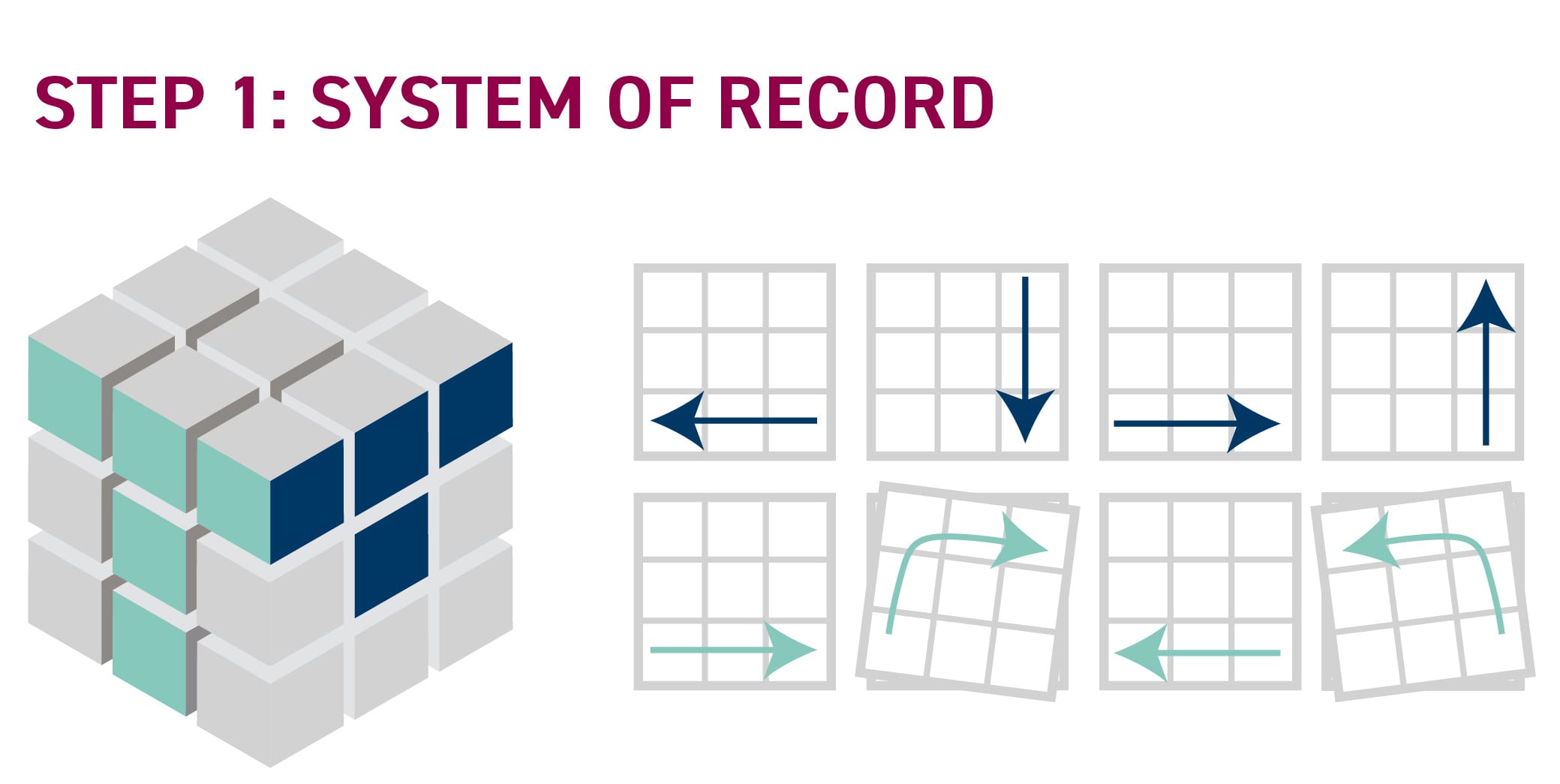
The first step in solving your Rubik’s cube (i.e. your financial close) is to address your current System of Record (SOR). One of the main reasons that the office of finance faces challenges in their financial close can be attributed to their complex ERP landscape. The Forrester Report found that, on average, each organization had 18 ERP instances from 9 different vendors, which significantly affects the integrity of all data being housed and processed.
A centralized SOR needs to be established to ensure that all data is accurate, reliable and easily accessed. Without these three factors, leadership cannot be confident in any business decision made based on the data that comes out of the financial close, so it’s crucial this problem is addressed first.
Rotation 2: Establishing The System of Controls
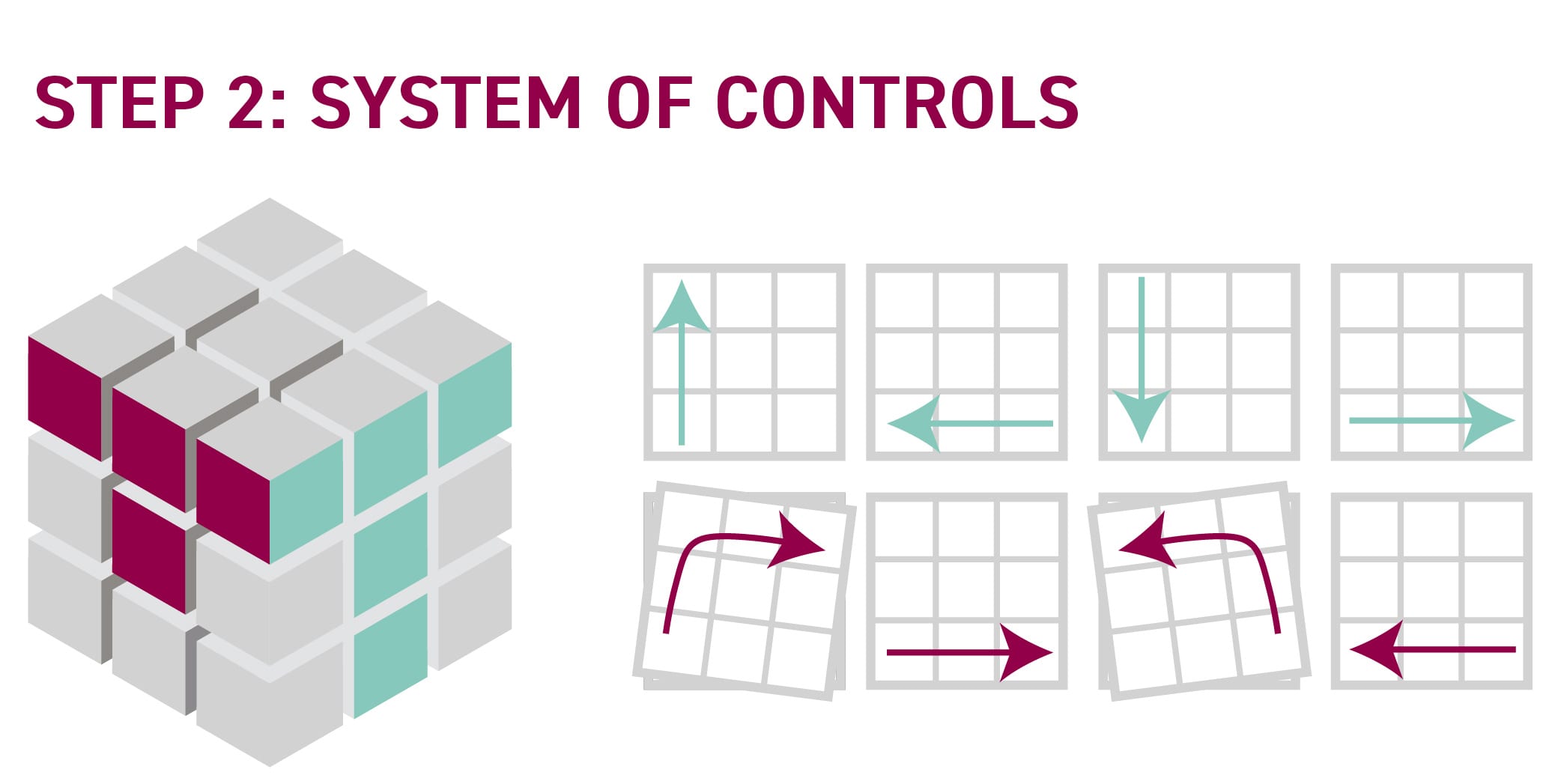
Once the data being utilized in the financial close is accurate, the next step is to establish the System of Controls (SOC). The SOC is where all processes are standardized, ensuring effectiveness and reducing risk during your close. Streamlining your financial close in a centralized SOC provides a full blueprint of the close cycle with dashboard insights and built-in reporting. It also provides an industry or business-standard compliance framework unique to your organization. The SOC gives back full confidence in your financial reporting, which is critical in the current business environment.
Rotation 3: Introduce The System of Integration
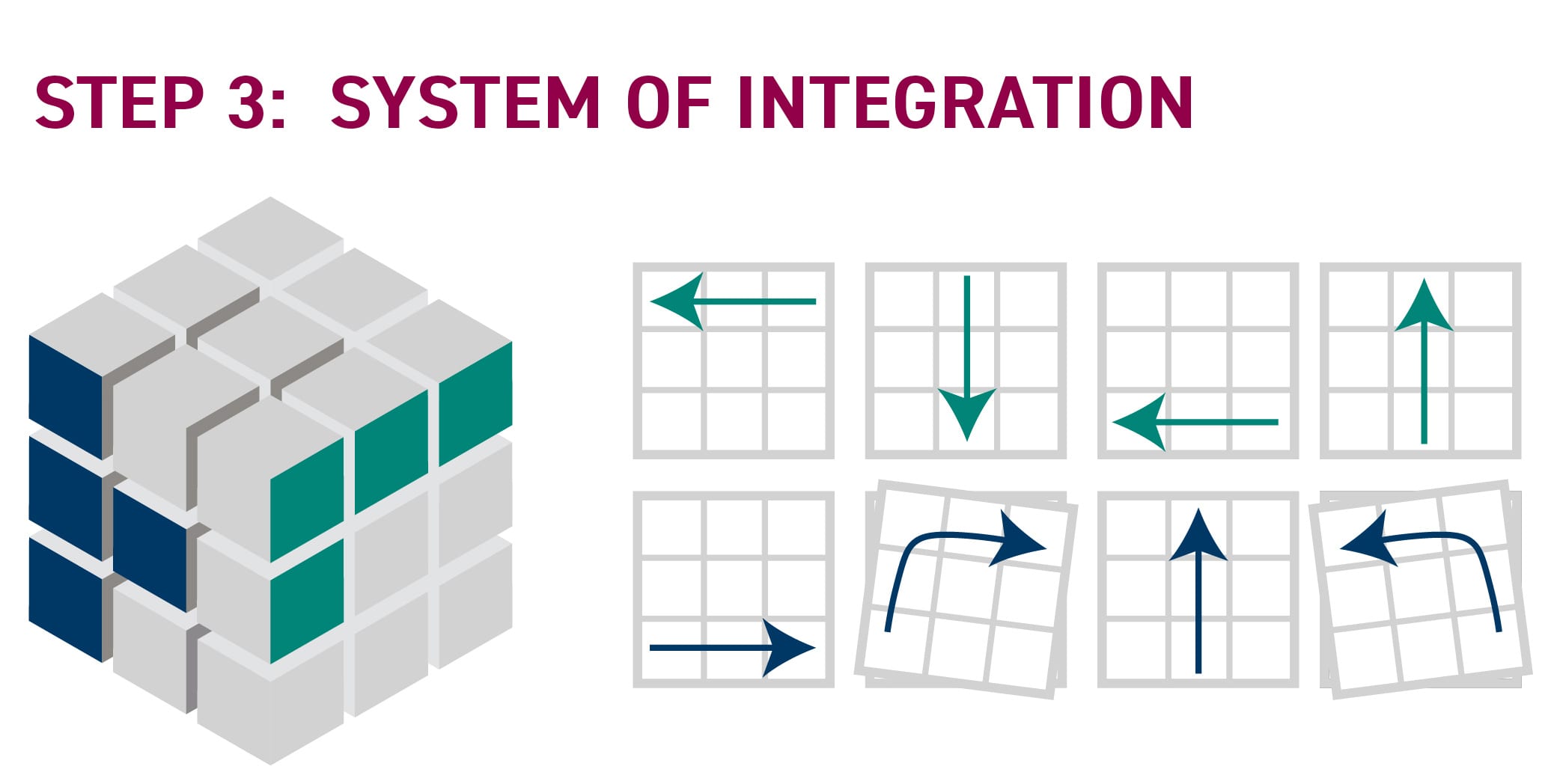
The System of Integration (SOI) is required for a seamless data transfer between your SOR and SOC. The SOI is comprised of APIs and ERP Connectors. Your accountants no longer need to manually enter, manipulate or upload data, which not only gives accountants some of their time back, but significantly reduces the high risk of inaccuracy associated with manual processes accountants are currently using.
Rotation 4: Implement The System of Automation
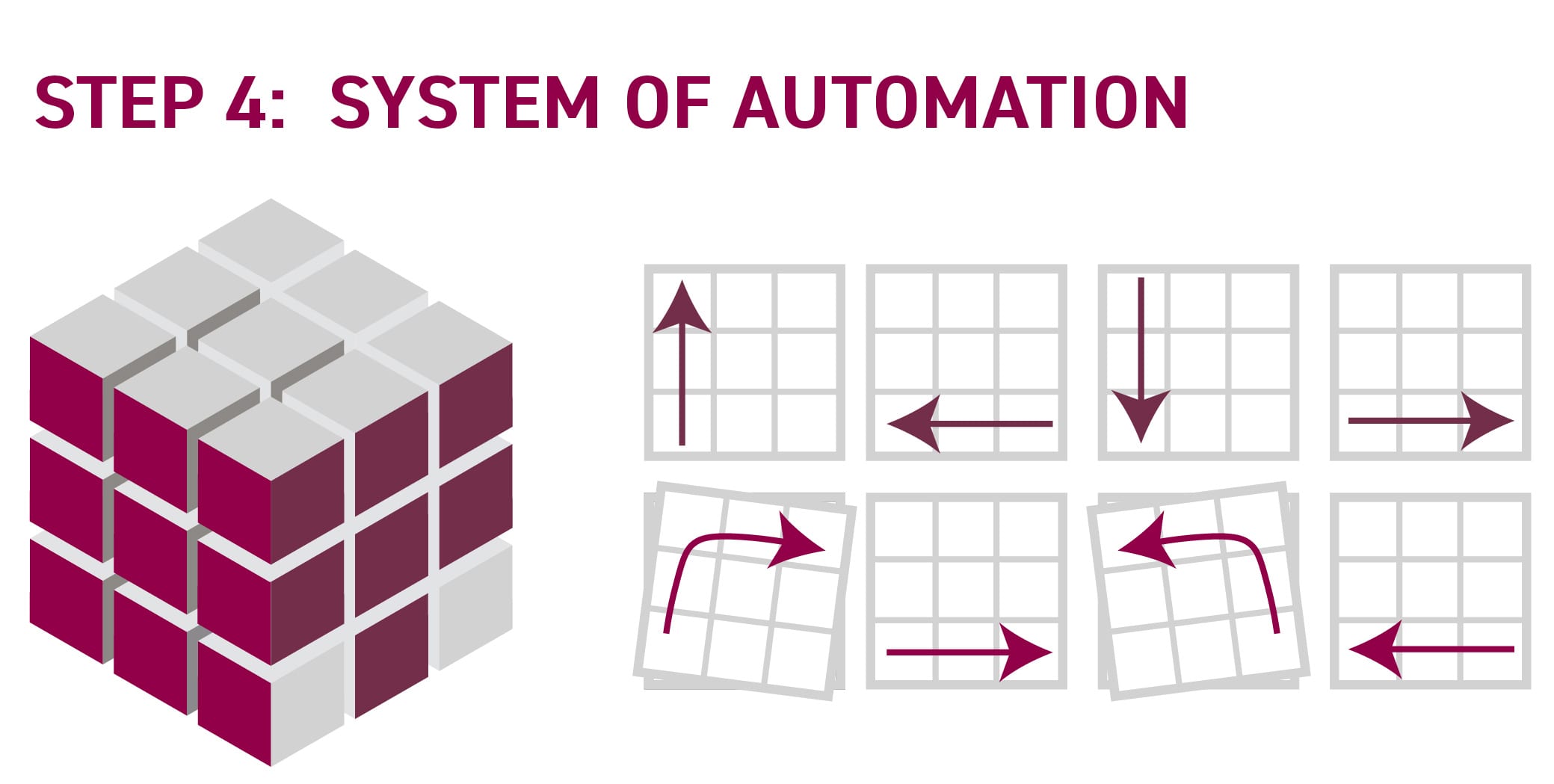
The SOR, SOC and SOI have laid the groundwork for the System of Automation (SOA) to now automate tasks that were previously completed manually. Cadency’s SOA involves:
- ERP Bots: Recently certified by SAP, Cadency’s ERP Bots drive the financial close workflow into the ERP and other systems. This enables a faster close and reduces overall risk by removing human intervention when it is not necessary.
- Risk Intelligent RPA™ (RI RPA): At Trintech, it is our firm belief that risk should inform everything that the office of finance does. RI RPA works by utilizing a customer’s specific level of risk to configure automated workflows and eliminate unnecessary tasks. This approach places focus back on high-risk items, instead of spreading attention evenly across all items. Accountants can then determine whether they should complete a task and, if so how to do it.
When automating your financial processes, these industry-leading capabilities allow your accounting teams to drive more strategic initiatives for the organization.
Rotation 5: Further Refine with Financial Controls AI™
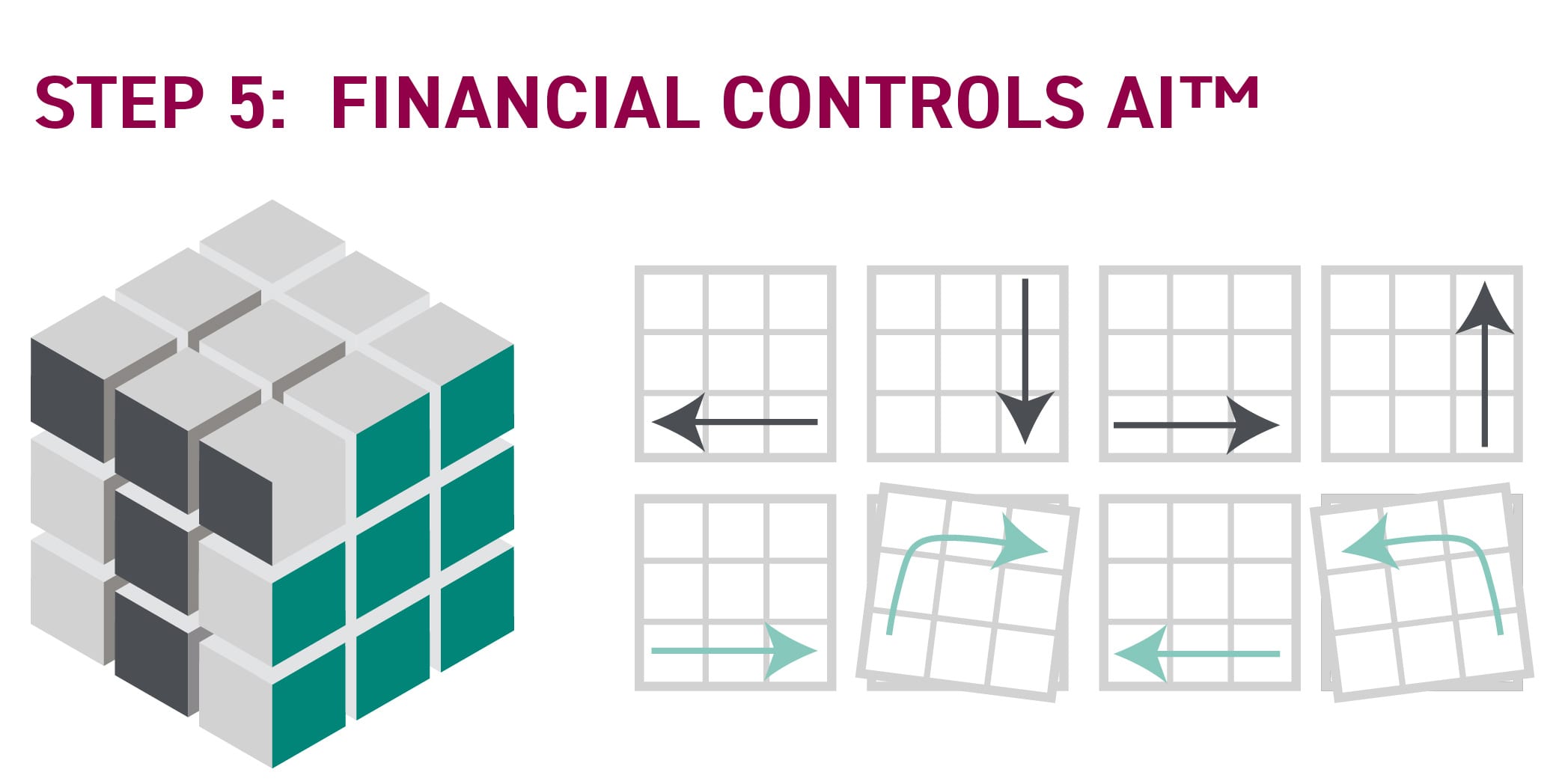
After automating as much of your processes as possible, organizations can now strive for optimization with Financial Controls AI™ (FC AI). FC AI allows organizations to quantitatively evaluate risk across various elements of the overall Record to Report.
- AI Risk Rating for JE: incorporates rules around the journal entry process to provide a risk rating for how the preparer performed the task. Users are immediately alerted to the risk of the journal as it is created, so they can effectively work to “de-risk” it. AI Risk Rating for JE helps improve journal entry governance by mitigating errors, risk, fraud, saving time and improving efficiency.
The concept of risk should inform everything accountants do, especially in a time where organizations can’t afford any additional risk factors to be introduced.
Conclusion
A key finding of the Forrester Report is their conclusion that organizations must make bold investments in their finance functions in order to grow and survive. One of the ways that organizations can accomplish this is by beginning their digital transformation journey to bring automation to their Office of Finance.
Attempting to automate and solve your Rubik’s cube/financial close on your own can be difficult and frustrating. That’s why Trintech provides experienced Record to Report experts to offer their insight and guidance on how to best accomplish these steps for your organization.
The status quo of barely scraping by with manual processes and outdated tools is no longer sustainable in today’s business environment. Automating the financial close process is a journey that should be started immediately for the survival, health and growth of the entire organization.
Learn more about the benefits and ROI Cadency’s System of Accounting Intelligence can deliver for your Office of Finance.
Written by: Ashton Mathai







